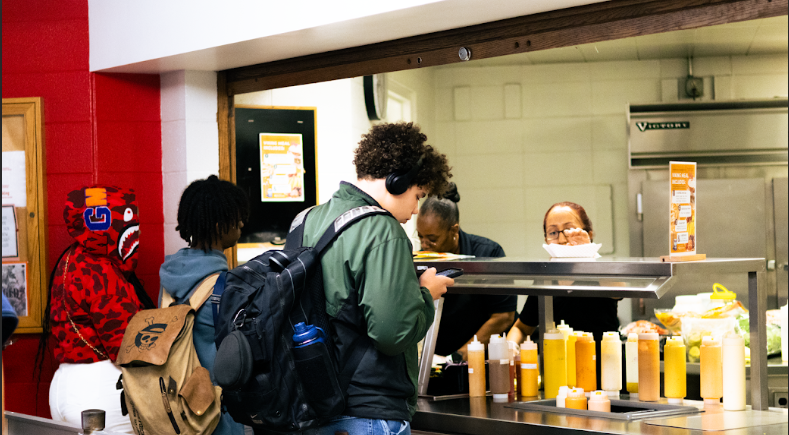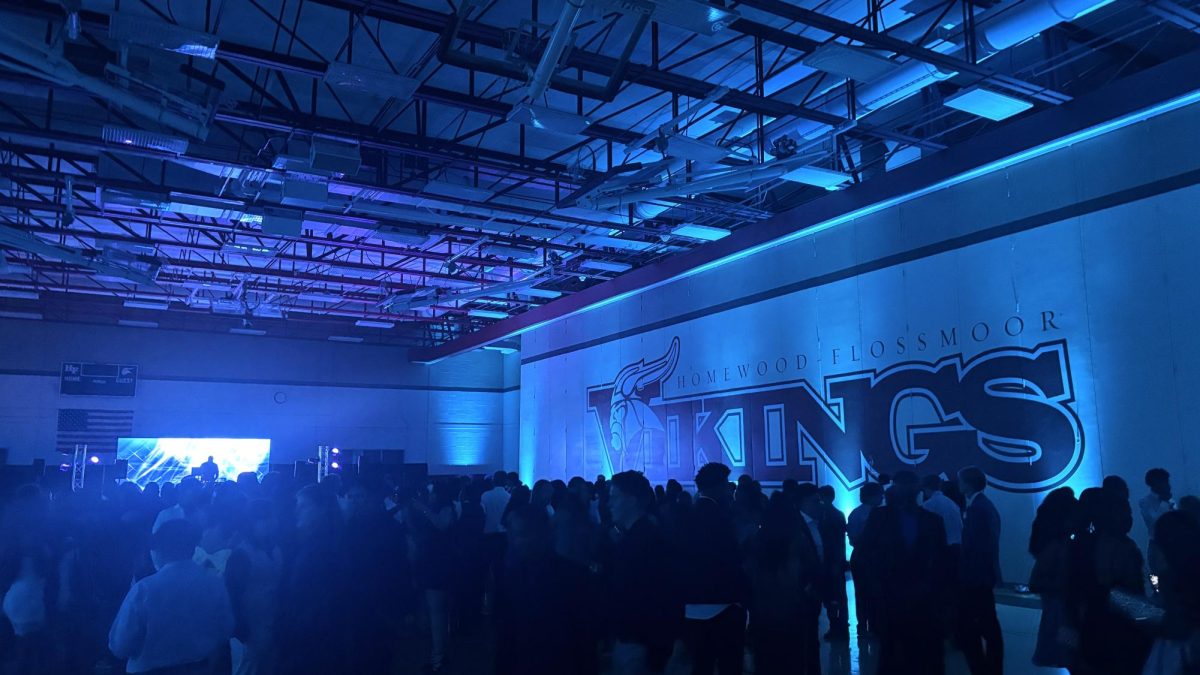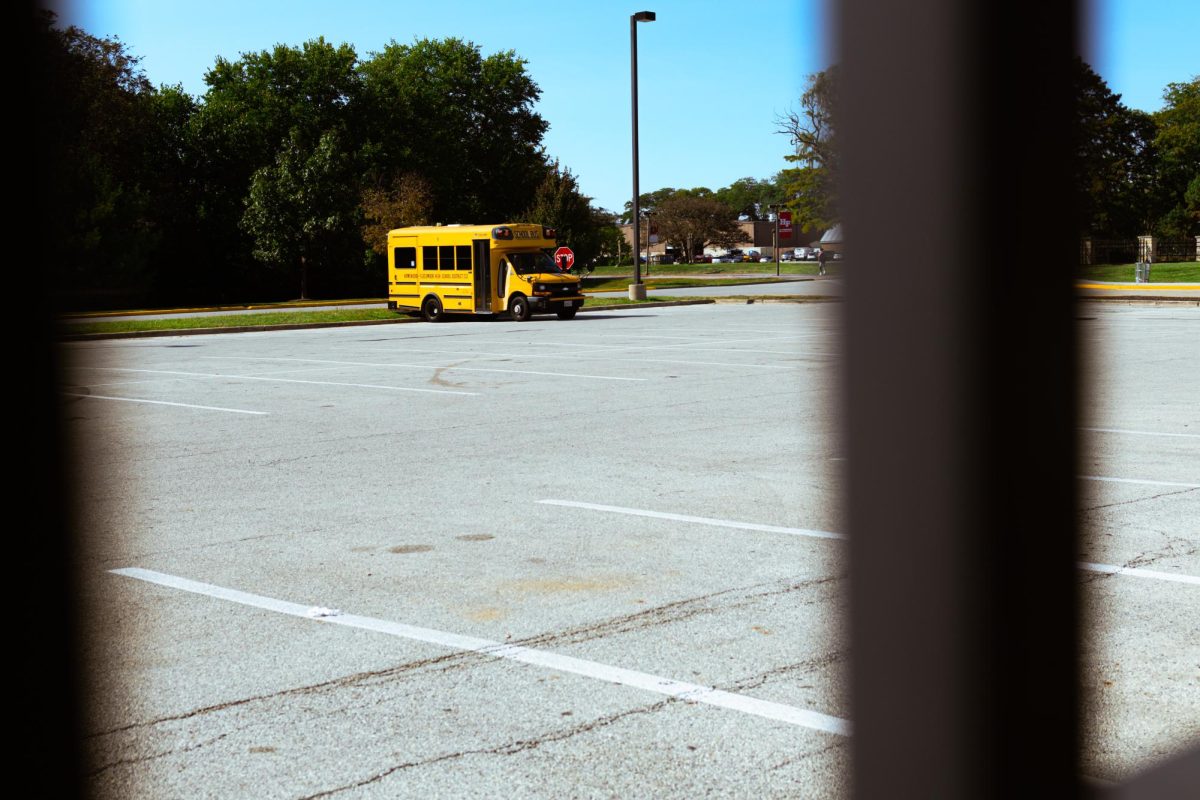The H-F cafeteria is introducing new dishes designed to give students more variety and better-quality meals.
Behind every new addition is a partnership between the H-F cafeteria team and Quest Food Management Services to ensure that what ends up in the cafeteria is balanced, nutritious and student-approved.
Soon, the new cafeteria items are supposed to be making their big debut. Students could expect new additions like a pasta station, a vegetarian olive bowl and shrimp fettuccine. Students play a key part in picking these foods.
According to the Food Service Director Brian Matthews, students are a big part of shaping the cafeteria menu. Food tasting events, held once or twice a school year, give students a chance to try potential menu items and share their thoughts.
Matthews stated, “The food tasting events serve as an opportunity for students to give feedback not just on the food but also on the quality of food, the service and pricing.”
Matthews also expressed how important it is to collaborate with the students.
He shared, “Feedback is vital on how we shape our menus across the board.”
Each new food item goes through a trial period where the cafeteria staff tracks sales, gathers feedback and decides whether an item is worth adding permanently.
If something fails to meet expectations, it is either removed or added as an “impulse item,” which is an item that is sold separately from any meal, like mozzarella sticks or pizza puffs.
“We tried our version of a McRib,” Matthews shared. “We thought it would sell, but it didn’t. So we don’t offer it anymore, at least not as a daily special.”
So, how exactly does something make it onto the menu? The school uses a system called Culinary Sweets, a website where recipes are built and menus are planned.
Quest Foodservice, H-F’s food company, set certain guidelines on what can be ordered and what cannot, while also ensuring their food meets health and nutrition standards.
According to Quest, their goal is to “provide fresh, made-from-scratch food while building a dynamic and interesting food service program.”
Matthews, who worked for Quest for over five years, also added to the sentiment.
“Quest has a mission, vision and values,” Matthews explained. “We use a wide variety of guidelines to provide a wholesome, balanced meal for everybody.”
While some students might wonder if new items will replace the older ones, Matthews emphasized that the goal is to keep improving variety, not to take away what’s working, but to build on it.
“The idea is to expose students to meals they might not normally get at home,” Matthews said.
Above all, Matthews wants students to know that school lunch isn’t what it used to be.
He emphasized that the focus for school lunch is quality food, experience and service.
“We’re doing homemade, from-scratch cooking, with fresh ingredients and high-quality preparation,” he said. “We want to make sure students have a good experience.”
As the cafeteria food menu evolves, it is clear that one thing will always be on the menu: the students’ voice.








